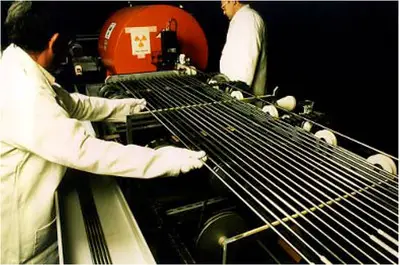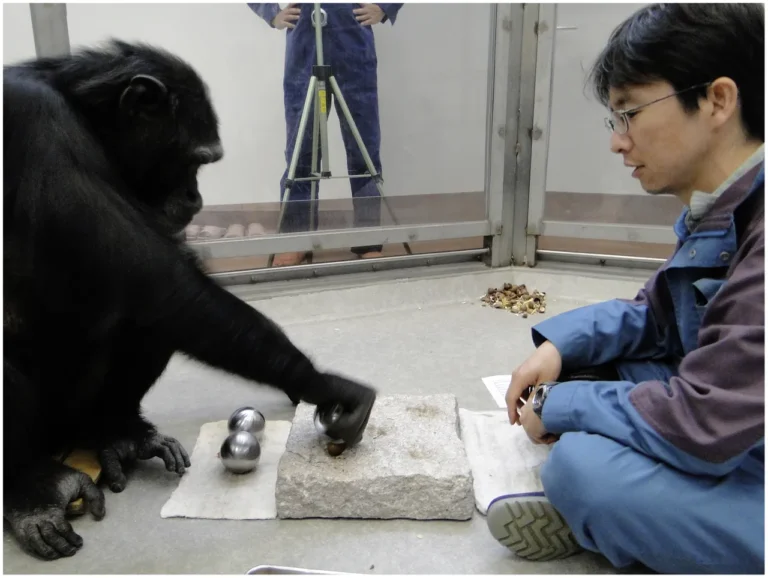5 Disadvantages of Organic Farming Explained
Disadvantages of organic farming are; labor-intensity, low flexibility, poor scalability, practical limitations, expensive products, and relatively-low yield.
This article discusses the disadvantages of organic farming; as follows;
1). Labor-Intensity (as one of the Disadvantages of Organic Farming)
While organic farming can boast of higher energy conservation and efficiency [6], it generally requires more careful implementation to make it effective.
What this implies is that organic farming is labor-intensive than conventional agricultural practices.
The higher demand for labor comes from the need to replace synthetic methods and materials like the use of mechanized cultivation equipment and chemicals, with biological control and conservation tillage among other organic approaches, which require more physical labor and attention.
Maintenance of organic farms is also generally more intensive than for conventional farms.
These demands have other unfavorable ripple effects.
One of such effects is time-consumption. With more physical labor and careful maintenance, more time is spent on the farm. This leads to higher labor costs, and can also affect the scale of production, since production itself significantly relies on how much physical labor is invested.
Disputes and worker dissatisfaction are both possible where labor is intense [4], and this can put pressure on organic farmers and project managers, creating more setbacks in organic farming practice.
Labor demand is however linked to the economic advantages of organic farming, in the area of job creation.

2). Low Flexibility and Scalability
Conventional farming can be conducted with much flexibility, so that methods and materials can be introduced and alternated at any given time, to meet a target or solve a problem.
On the contrary, the methods and principles of organic farming are definite and set clear boundaries with regards to what is permissible on the farm.
While there are numerous methods of organic farming, such as; crop rotation, contour cropping, cover cropping, conservation tillage and composting [5], the implementation of these methods must be done without (or with very minimal) influence of synthetic factors.
Studies have shown that introducing a degree of flexibility into organic farming can help farmers to achieve predictable outcomes [3]. In the absence of such an approach, the products and productivity of organic farms are left to depend solely on natural factors in the ecosystem.
Although natural dependence brings sustainability, it can place limits on the outcome of farmers’ labor.
For example, the use of only manure can facilitate growth, but may not bring significant short-term spikes in productivity. Such spikes may not be sustainable or healthy, but could be needed in cases of high-demand.
The above example shows that organic farming is not easily scalable like conventional farming. Where pests and diseases are severe or widespread, biological control may not always be effective, and chemicals and synthetic drugs may be very useful to address the problem.
Lastly, organic farming may not be an option when there is need to produce significantly from infertile land, or land that is prone to (or already affected by) desertification.
3). Practical Limitations (as one of the Disadvantages of Organic Farming)
Although organic farming is theoretically an option for achieving sustainable development in the agricultural sector, there are some uncertainties regarding its own sustainability, especially under real-life, practical conditions.
Labor and cost are two reasons why organic farming is difficult to maintain and adhere to.
Investing extensive amounts of time, money and labor into organic farms may be possible over a given period, but these requirements may become even more difficult to meet as the economy undergoes repeated changes.
Such changes, including the value of foreign exchange, agricultural products, and the preferences and behaviors of consumers, could easily force organic farmers to revert to conventional farming methods.
Organic farm products are estimated to have a shorter storage period (or ‘shelf-life’) than their conventional counterparts [1]. This means that organic products generally last for a shorter period of time before they undergo biodegradation and are lost.
The above observation can be attributed to the lack of synthetic preservatives in these products, can lead to significant losses for organic farmers, and is a major marketing hurdle in the industry. Because organic farm products are highly-priced as well, rapid sales may bot always be guaranteed.
Lastly, the practical implementation of organic farming is limited by lack of technical and scientific knowledge, which is essential in order for a farmer to observe all principles of organic farming effectively.
4). Expensive Products
One of the most obvious disadvantages of organic farming is the cost of organic foods, which is significantly higher than that of conventional agricultural products [2].
There are multiple factors that can account for this challenge. They include the amount of time and labor invested into organic farms, and the associated cost of these resources.
Also, the demand and supply dynamics of organic foods generally places demand at a higher level that supply, because of the low rate of adoption and practice of organic farming. Such a scenario leads to high costs.
Lastly, organic foods are produced in smaller scale than conventional foods, and therefore have a higher comparative range of pricing.
High product cost enables organic farmers to make profit on their investment, but places a limit on the popularity of organic farming itself, by reducing potential customers of the high-quality organic products, to a small population.

5). Relatively-low Yield (as one of the Disadvantages of Organic Farming)
Compared to conventional farms, the yield in terms of crop and livestock products from organic farms is low, even when equal investment is made.
This is especially the case when yields are analyzed on a short-term basis.
The reasons for lower yield include practical limitations, need for careful maintenance and management, and high labor-demand.
Organic farming production also exhibits higher levels of variability, because productivity depends on unpredictable natural factors [6].
However, over a long period of time, organic farming yields equalize with, and even exceed those of conventional farming. What this implies is that organic farming is best suited for long-term production schemes.
Conclusion
Disadvantages of organic farming are;
1. Labor-Intensive Scheme
2. Low Flexibility and Scalability
3. Practical Limitations
4. Expensive Products
5. Relatively-low Yield
References
1). Calderón, K. M.; Orrego, C.; Giraldo-Gómez, G. I. (2019). “Organic versus conventional: A comparative study on the shelf life of passion fruit (Passiflora edulis Sims) crops.” International Food Research Journal 26(2):393-399. Available at: https://www.researchgate.net/publication/332739751_Organic_versus_conventional_A_comparative_study_on_the_shelf_life_of_passion_fruit_Passiflora_edulis_Sims_crops. (Accessed 12 October 2022).
2). Choudhury, N.; Yadav, A. (2020). “Organic Agriculture: Conventional farming vs organic farming.” Available at: https://www.researchgate.net/publication/347514632_Organic_Agriculture_Conventional_farming_vs_organic_farming. (Accessed 12 October 2022).
3). David, C.; Mundler, P.; Demarle, O.; Ingrand, S. (2010). “Long-term strategies and flexibility of organic farmers in southeastern France.” International Journal of Agricultural Sustainability 8(4):305-318. Available at: https://doi.org/10.3763/ijas.2010.0497. (Accessed 11 October 2022).
4). Davidescu, A.; Apostu, S. A.; Paul, A.; Casuneanu, I. (2020). “Work Flexibility, Job Satisfaction, and Job Performance among Romanian Employees—Implications for Sustainable Human Resource Management.” Sustainability 12(15):6086. Available at: https://doi.org/10.3390/su12156086. (Accessed 12 October 2022).
5). Mandal, A.; Krishi, B. C.; Dhaliwal, S. S.; Mani, K. P.; Toor, A. S. (2021). “Conservation agricultural practices under organic farming.” Advances in Organic Farming (pp.17 – 37). Available at: https://doi.org/10.1016/B978-0-12-822358-1.00014-6. (Accessed 12 October 2022).
6). Smith, L.; Williams, A. G.; Pearce, B. D. (2014). “The energy efficiency of organic agriculture: A review.” Renewable Agriculture and Food Systems 30(03):1-22. Available at: https://doi.org/10.1017/S1742170513000471. (Accessed 12 October 2022).
7). Smith, O.; Cohen, A.; Rieser, C.; Davis, A.; Taylor, J.; Adesanya, A.; Jones, M.; Meier, A.; Reganold, J. P.; Orpet, R.; Northfield, T. D.; Crowder, D. W. (2019). “Organic Farming Provides Reliable Environmental Benefits but Increases Variability in Crop Yields: A Global Meta-Analysis.” Frontiers in Sustainable Food Systems 3:82. Available at: https://doi.org/10.3389/fsufs.2019.00082. (Accessed 11 October 2022).





